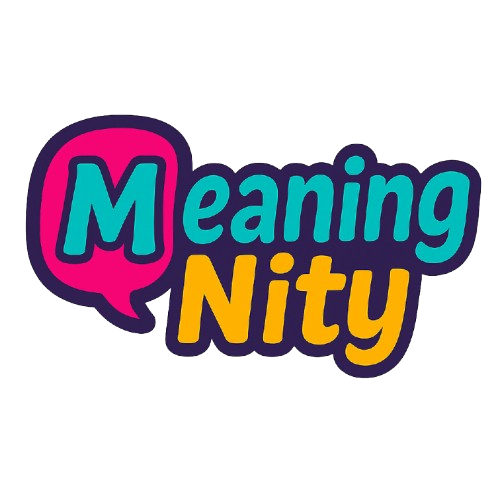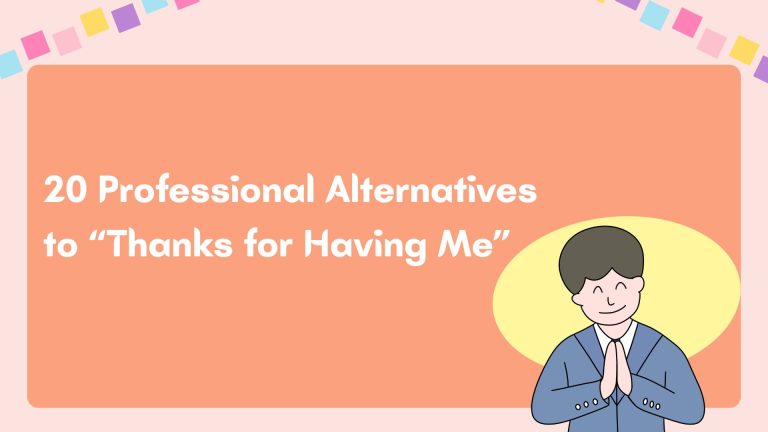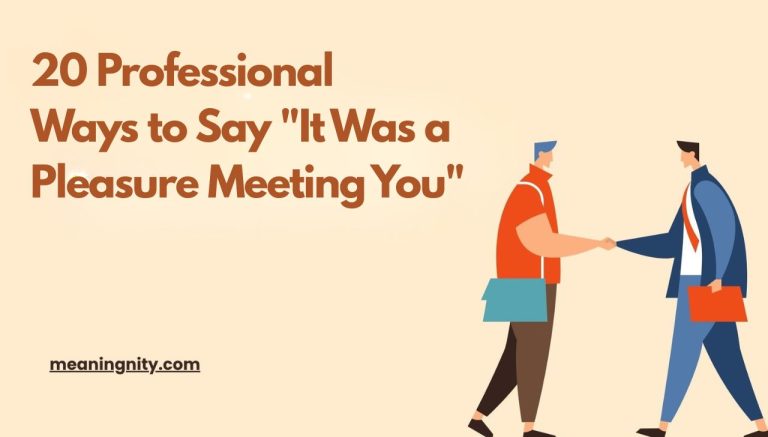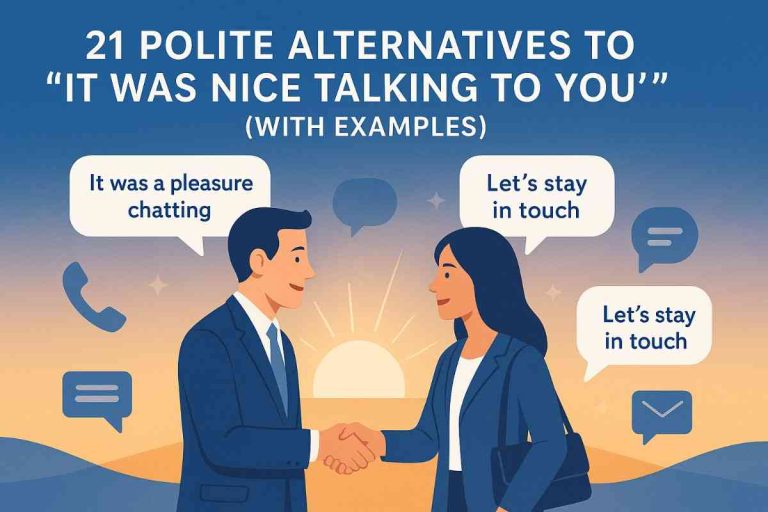24 Ways to Say “Sorry to Bother You” Professionally
In business settings, we often need to reach out, follow up, or request something without coming across as intrusive. That’s where a phrase like “Sorry to bother you” comes in. It’s polite, but sometimes overused or slightly apologetic. Luckily, there are plenty of professional ways to express the same idea with grace and clarity.
Below, you’ll find 24 polished alternatives, complete with examples and context. Whether you’re writing a quick email or stepping into someone’s office, these options will help you sound thoughtful and respectful.
What Does “Sorry to Bother You” Mean in Everyday English?
It’s a softener—a phrase we use to show we respect someone’s time. Usually, we say it when interrupting or asking for help. It adds courtesy, but it can also sound hesitant or overly apologetic.
The goal? Stay courteous without sounding like you’re tiptoeing. These alternatives offer a better balance.
Dive Deeper : Requester vs. Requestor: Which Spelling Should You Use?

When and Why People Say “Sorry to Bother You”
- When making a request that might take time or effort
- When interrupting someone who’s busy
- When following up without being pushy
- When asking for clarification or support

Below 24 Ways to Say “Sorry to Bother You” .
1. “Hope this isn’t a bad time.”
Example: “Hope this isn’t a bad time, but I have a quick question about the report.”
Best Use Case: Starting a phone call or message without sounding abrupt.
2. “May I have a moment of your time?”
Example: “May I have a moment of your time to discuss the budget proposal?”
Best Use Case: Formal requests for meetings or input.
3. “When you have a moment…”
Example: “When you have a moment, could you review the draft I sent?”
Best Use Case: Low-pressure email openers.
4. “I know you’re busy, but…”
Example: “I know you’re busy, but could we touch base this afternoon?”
Best Use Case: Acknowledging someone’s workload while requesting time.
5. “At your convenience…”
Example: “At your convenience, can you take a look at the attached summary?”
Best Use Case: Email requests that can wait a bit.
6. “Just a quick note to…”
Example: “Just a quick note to check if the invoice has been approved.”
Best Use Case: Light check-ins or gentle reminders.
7. “I wanted to follow up on…”
Example: “I wanted to follow up on our conversation from Monday.”
Best Use Case: When referencing previous contact without sounding impatient.
8. “I appreciate your time.”
Example: “I appreciate your time and insights on this issue.”
Best Use Case: After making a request or receiving help.
9. “Let me know if this is a good time.”
Example: “Let me know if this is a good time to discuss next steps.”
Best Use Case: Avoiding disruption during meetings or calls.
10. “I understand you’re in the middle of something.”
Example: “I understand you’re in the middle of something, but this is time-sensitive.”
Best Use Case: Urgent requests handled with care.
11. “Quick question when you have time.”
Example: “Quick question when you have time about the launch schedule.”
Best Use Case: Slack or Teams messages that don’t need an instant reply.
12. “Would you mind if I ask…”
Example: “Would you mind if I ask for a second opinion on this slide deck?”
Best Use Case: Polite ways to ask for input or help.
13. “Pardon the interruption, but…”
Example: “Pardon the interruption, but this needs your approval.”
Best Use Case: In-person or video calls when jumping in.
14. “Thanks in advance for your time.”
Example: “Thanks in advance for your time on this matter.”
Best Use Case: Requests that might take effort to address.
15. “If you have a second…”
Example: “If you have a second, I’d like to get your thoughts.”
Best Use Case: Casual but respectful phrasing.
16. “Just checking in…”
Example: “Just checking in on the status of the draft.”
Best Use Case: Gentle follow-ups.
17. “Could I trouble you for…”
Example: “Could I trouble you for a review before noon?”
Best Use Case: More formal workplaces or senior colleagues.
18. “I realize your time is valuable.”
Example: “I realize your time is valuable, so I’ll keep this brief.”
Best Use Case: When brevity is key.
19. “I’ll be brief.”
Example: “I’ll be brief—just one quick point to clarify.”
Best Use Case: Walk-ups or short messages.
20. “Let me know if now works.”
Example: “Let me know if now works to chat about your feedback.”
Best Use Case: Scheduling or casual drop-ins.
21. “Only reaching out to…”
Example: “Only reaching out to confirm tomorrow’s meeting time.”
Best Use Case: Making your purpose clear to avoid misreading.
22. “Mind if I ask something quickly?”
Example: “Mind if I ask something quickly before the meeting starts?”
Best Use Case: Before a scheduled meeting begins.
23. “Hope I’m not catching you at a bad time.”
Example: “Hope I’m not catching you at a bad time, but I have a quick ask.”
Best Use Case: Voicemails or unexpected calls.
24. “Reaching out with a quick request.”
Example: “Reaching out with a quick request regarding the team agenda.”
Best Use Case: Clear, upfront outreach.
Dive Deeper : Cancelation vs Cancellation: Understanding the Key Difference
Conclusion
Saying “Sorry to bother you” isn’t wrong, but it’s not always the most effective phrase. In professional spaces, it helps to use language that respects time while keeping confidence intact. These alternatives let you stay polite without sounding unsure. Use them thoughtfully—your tone matters as much as your words.







